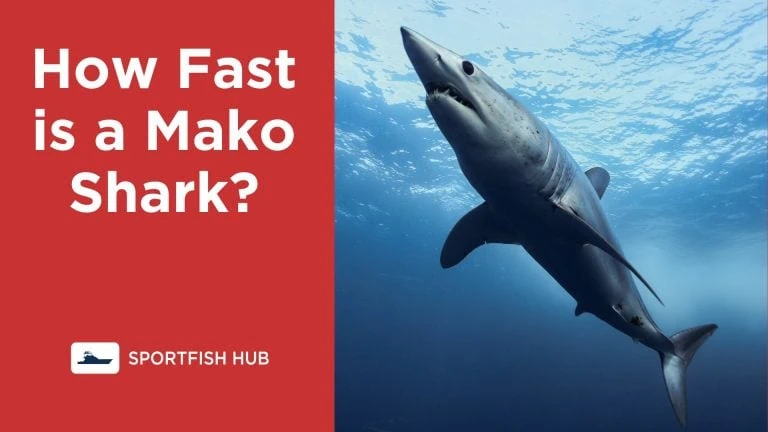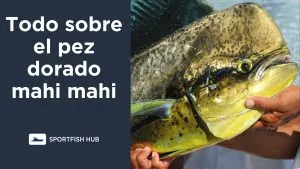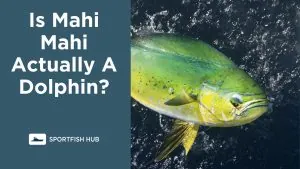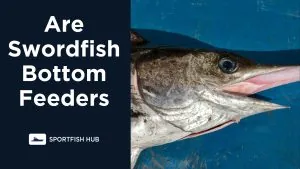The mako shark is one of the fastest sharks in the ocean, with top recorded speeds up to 60 mph! But exactly how fast can these streamlined predators swim? Read on to learn all about the mako shark’s incredible speed.
If You Liked This, Check Out: Other articles about Sharks.
An Introduction to Mako Sharks
Mako sharks are large, powerful predators that belong to the mackerel shark family. There are two species:
- Shortfin mako – The speedier of the two, found worldwide in tropical and temperate oceans. They average 10-13 feet long.
- Longfin mako – Slightly larger but slower than shortfins, found in tropical and subtropical seas. They average 10-15 feet long.
Both have torpedo-shaped bodies, long slender tails, and pointed snouts perfect for fast swimming.
How Fast is a Mako Shark?
The shortfin mako is the speedster of the two. Here are some key stats on their top speed:
- Up to 60 mph in short bursts when attacking prey
- Average cruise speed of 25-31 mph as they search the open ocean for a meal
- Capable of going from 0 to over 45 mph in just seconds
To put that into perspective, mako sharks swim over 5 times faster than an Olympic swimmer and nearly as fast as a cheetah can run.
Their acceleration is jaw-dropping. Makos can go from a standstill to their top speed as quickly as a sports car. Just imagine a 500 lb shark hitting you at 60 mph – it would feel like getting hit by a small freight train!
Continue Learning: How fast do tiger sharks swim?
Makos are built for speed:
- Streamlined shape to reduce drag
- Specialized tail for propulsion
- Warm circulatory system heats muscles for extra energy
- They never stop swimming, even when resting
This need for constant motion makes makos excellent open ocean hunters. Their prey includes swordfish, marlin, tuna, squid, and even smaller sharks.
How Do They Swim So Fast?
Makos are perfectly adapted for speed through evolution. Here are some of the special features that allow them to slice through the water at blazing speeds:
- Streamlined body shape – Their tapered, torpedo-like shape minimizes drag and turbulence.
- Specialized tail – The crescent-shaped tail provides maximum thrust with each stroke. It sweeps side-to-side for propulsion.
- Tough skin – Tiny teeth-like scales called denticles reduce friction.
- Warm circulatory system – Retains heat to energize muscles. Their core runs 10°F warmer than the water.
- Powerful muscles – Up to 25% denser than other sharks. Generating bursts of maximal speed requires a lot of energy.
- Ram ventilation – As they swim fast with mouths open, water passes over the gills enabling constant oxygen supply to muscles.
Longfin Mako Shark Speed
The longfin mako is a bit slower than its shortfin cousin. Longfins generally swim at around:
- 20-30 mph cruising speed
- Up to 35 mph in short bursts
The longfin’s larger size and bulkier pectoral fins create more drag, slowing it down. But it’s still one of the fastest sharks around!
Speed For Survival
Speed and constant motion are survival adaptations for makos. Here are some of the key benefits:
- Catch faster prey like tuna, swordfish, and squid
- Ambush predators by rocketing upwards to grab prey
- Rapid acceleration helps them leap up to 30 feet out of the water to capture prey or display dominance
- Outswim most shark species that might try to eat them
- Generates body heat by moving at high speeds, which improves brain function
So next time you’re in the ocean, keep an eye out below for one of these speed demons of the shark world!












